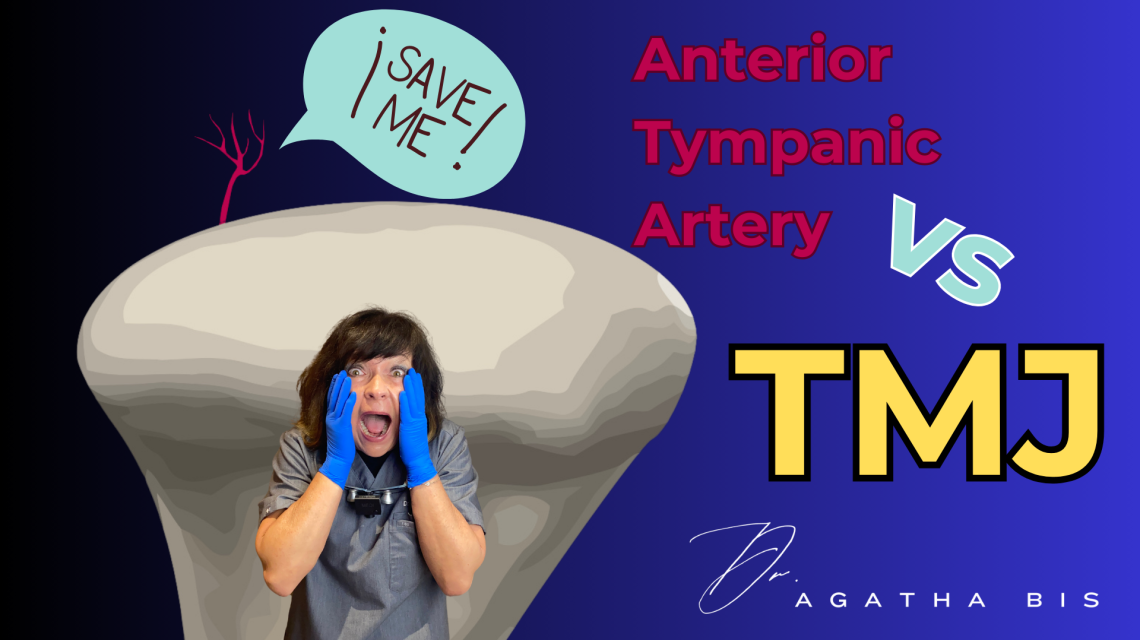The anterior tympanic artery, a branch of the maxillary artery, plays a vital role in supplying blood to the tympanic membrane, ear canal, and middle ear cavity. When this artery experiences compression, it can trigger a cascade of complex physiological consequences affecting ear health and function.
Ear-Related Symptoms
Compression of this artery can manifest through several distinctive symptoms:
- Ear Pain (Otalgia): Reduced blood flow may cause discomfort ranging from mild aching to intense pain
- Hearing Loss: Compromised blood supply can lead to conductive hearing impairment
- Tinnitus: Altered blood flow might produce phantom sounds like ringing or buzzing
Tympanic Membrane Complications
The eardrum becomes particularly vulnerable when the anterior tympanic artery is compressed:
- Ischemic Tissue Damage: Prolonged compression can cause tissue necrosis
- Increased Infection Risk: Weakened membrane defences make the ear more susceptible to otitis media
- Impaired Healing: Reduced blood flow can significantly slow tissue repair processes
Middle Ear and Systemic Effects
Beyond direct ear symptoms, compression can trigger broader physiological disruptions:
- Pressure Regulation Challenges: Compromised vasculature may create a sensation of ear fullness
- Vestibular Disturbances: Potential dizziness or vertigo due to altered inner ear blood flow
- Localized Headaches: Ischemic effects can produce pain around the ear and temporal region
Neurological Considerations
The artery’s proximity to the chorda tympani nerve means compression might secondarily impact taste sensation in the anterior two-thirds of the tongue.
Early detection and intervention are crucial to preventing long-term ear function impairment and maintaining overall auditory health.
– Written by Dr. Agatha Bis




